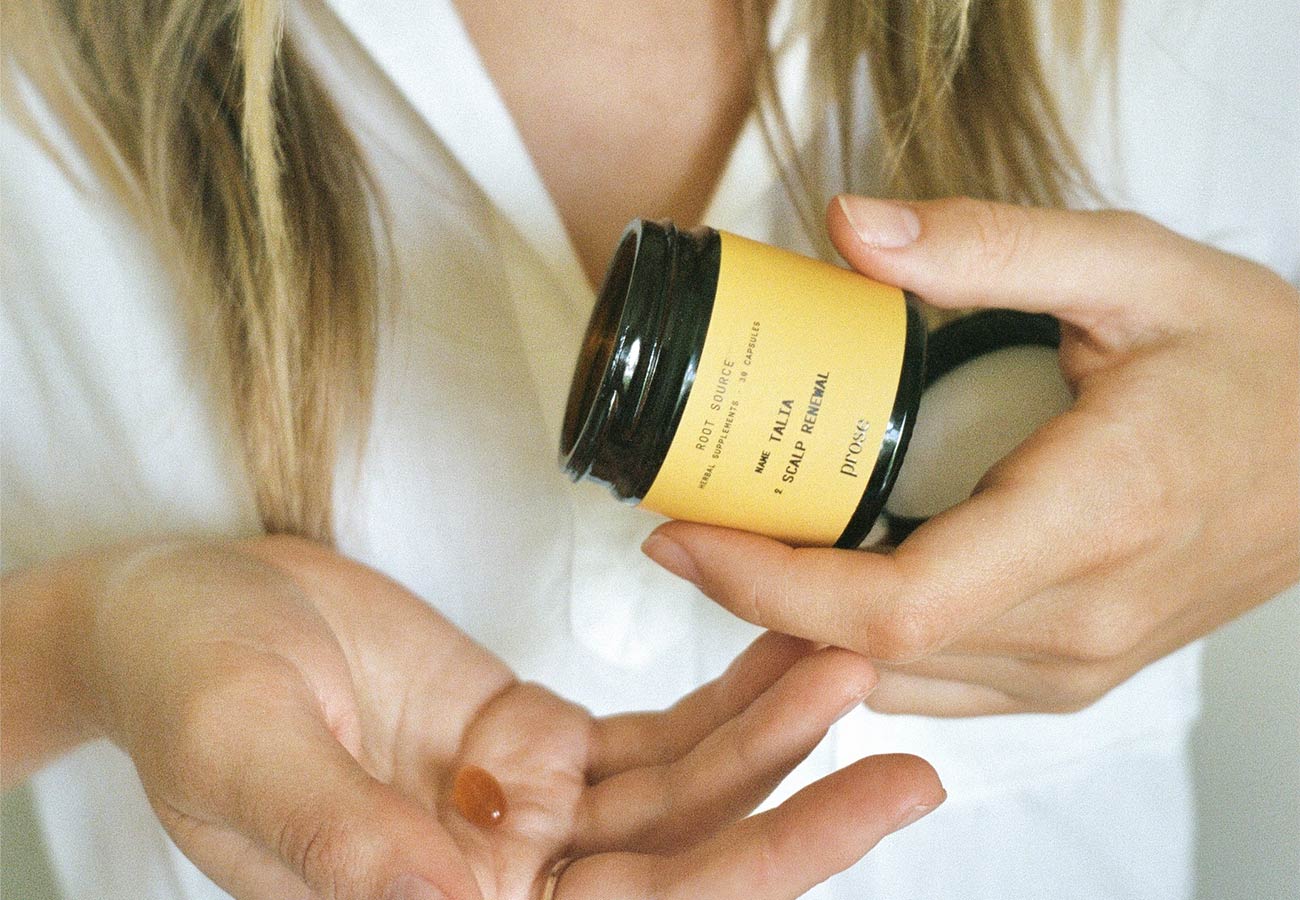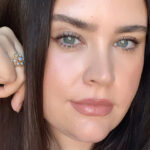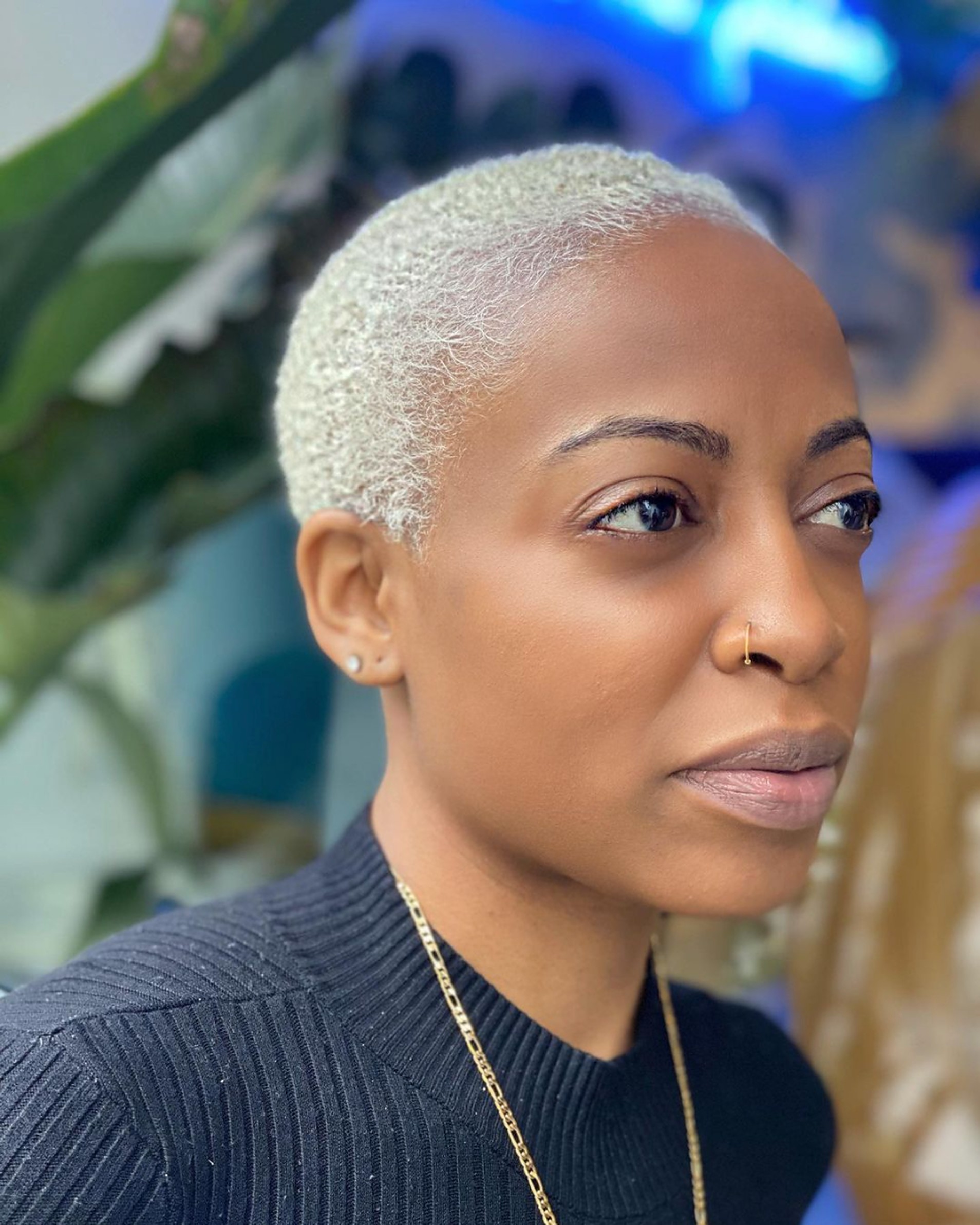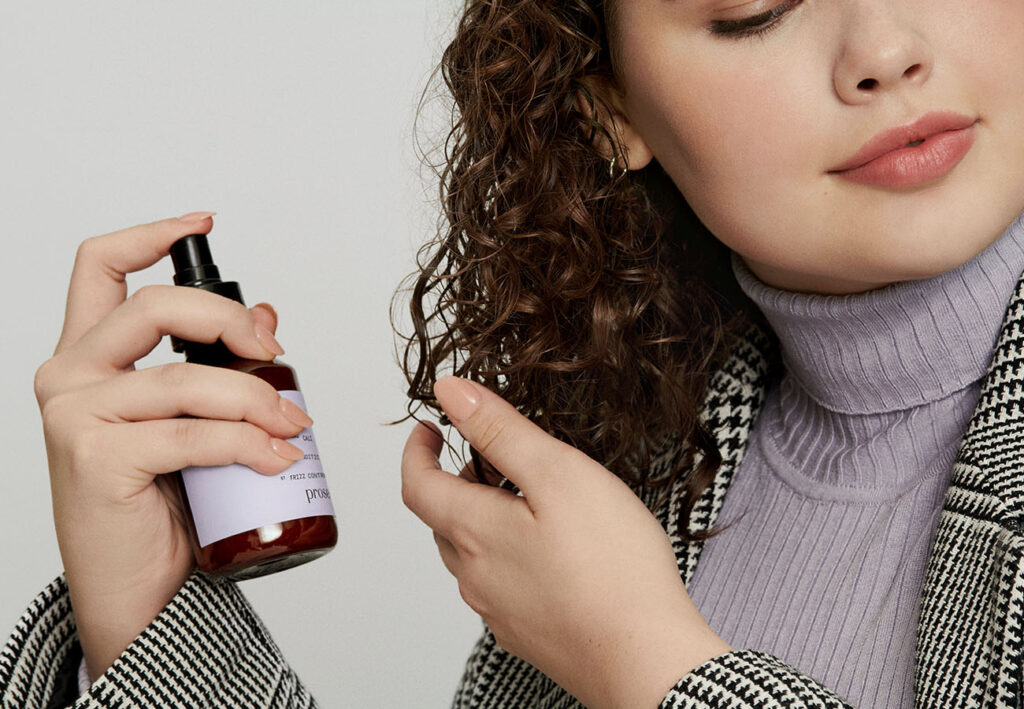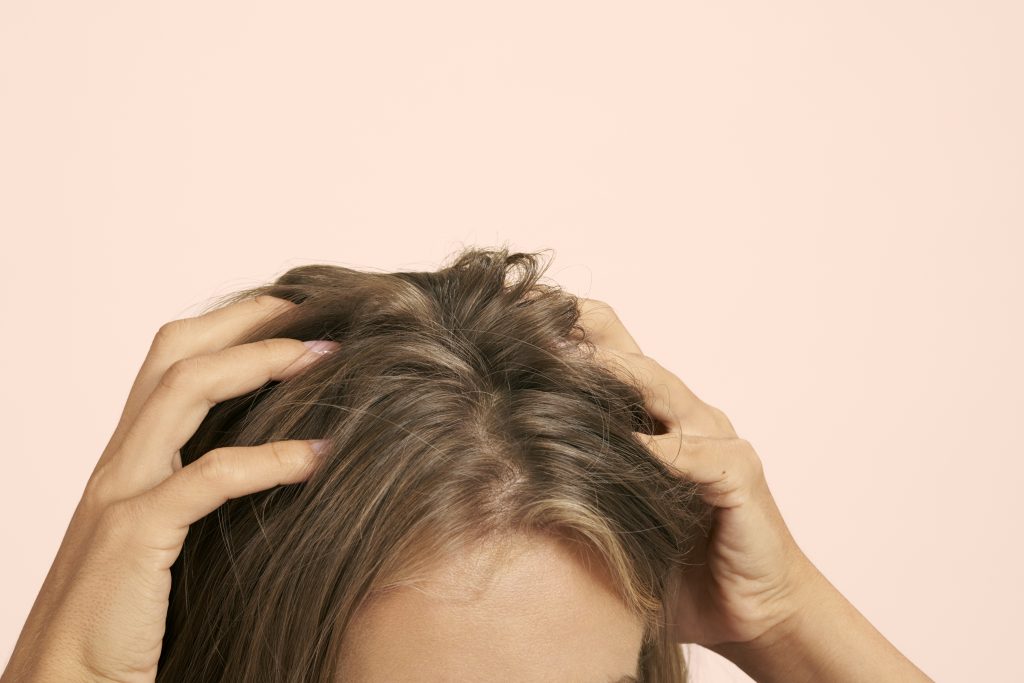1. The ingredients aren’t standardized.
Unlike prescription drugs, supplements are very loosely regulated and monitored by the FDA. However, independent labs have shown that even big-name brands have large dosing inconsistencies to what they tout on the ingredients label. The sign of a good supplement with accurate dosages and concentrated ingredients is that they are “standardized.” This means every pill is produced in a consistent way, without varying degrees of dosages and efficacy.
2. The formula is just biotin and nothing else.
Even though biotin is a key ingredient of a good hair supplement, taking biotin alone is not the most effective solution for hair growth. Rather, taking a holistic approach is the way to go. Found in foods like eggs, nuts, and salmon, biotin is a B vitamin that helps convert food into energy. While there’s no scientific evidence that emphasizes taking biotin alone will dramatically increase hair growth, it’s when biotin is combined with other vitamins and nutrients to address the multiple root causes of hair thinning that it can help support hair growth.
3. The before and after images are shady.
Take a good look at the brand’s results photos. Is the hair parted differently in the before than it is in the after? Are defining features cut out so you can’t even tell if the before and after are the same person? Do the results look too drastically good to be true within the given time frame? These are all red flags that the hair supplement doesn’t actually work. Look for before and after photos with consistent lighting and hair styling, defining features, and hair growth that looks real and achievable in the length of time advertised.
4. It’s missing the ingredients necessary to grow hair.
Hair thinning is usually attributed to more than one root cause, with factors like stress, nutrition, and hormones converging to cause shedding. Studies have shown that a variety of vitamins and nutrients, like vitamins A through E, selenium, zinc, folic acid, biotin, and iron, play a role in balancing the body to support hair growth. Look for these ingredients, as well as lesser-known wonders like millet seed—which in an ex vivo study on millet extract has been shown to improve cell growth in hair bulbs by 140% while also increasing collagen thickness in the hair follicle—when you’re reading hair supplement labels.
5. It makes unrealistic claims.
Be wary of hair supplements with claims like, “Grows hair by X% in 30 days,” or any brand that makes broad promises and hair growth guarantees with no published clinical studies to back them up. The truth is, everyone’s hair grows at its own rate. Rather than buying into a one-size-fits-all promise, look to see if the brand has published scientific studies. How well did the supplement perform for participants who share your hair issues, whether that’s breakage, volume, shedding, or dullness? If you really want extra credit, you can research clinical studies on the efficacy of the supplement’s hero ingredients.
Signs a hair supplement is the real deal.
Now that we’ve gone over hair supplement red flags, here are the hallmarks of a real-deal supplement—the kind that’s research-backed, results-driven, and doesn’t hide behind sugar, fillers, and Instagram filters.
- Standardized ingredients Published clinical studies Realistic before and after images Claims based on real results from clinical studies A well-rounded formula that doesn’t hinge on fillers like biotin Transparency on where and how the ingredients are sourced
Always made to order. Never made to waste.
Exclusive Trial Offer Get 60% Off + Free Gift
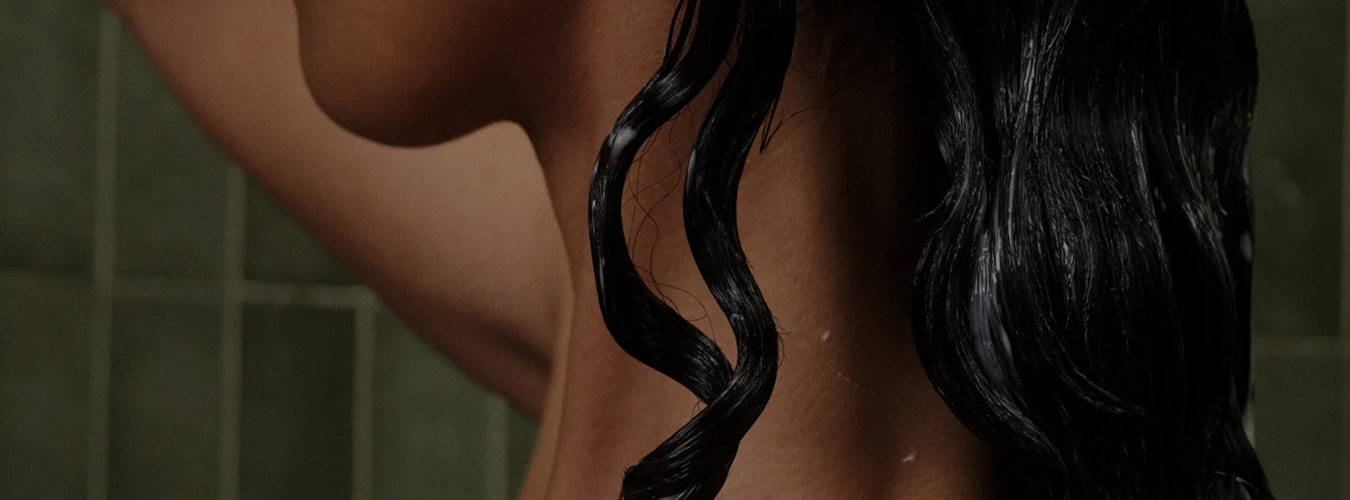
*These statements have not been evaluated by the Food and Drug Administration. This product is not intended to diagnose, treat, cure or prevent any disease.

